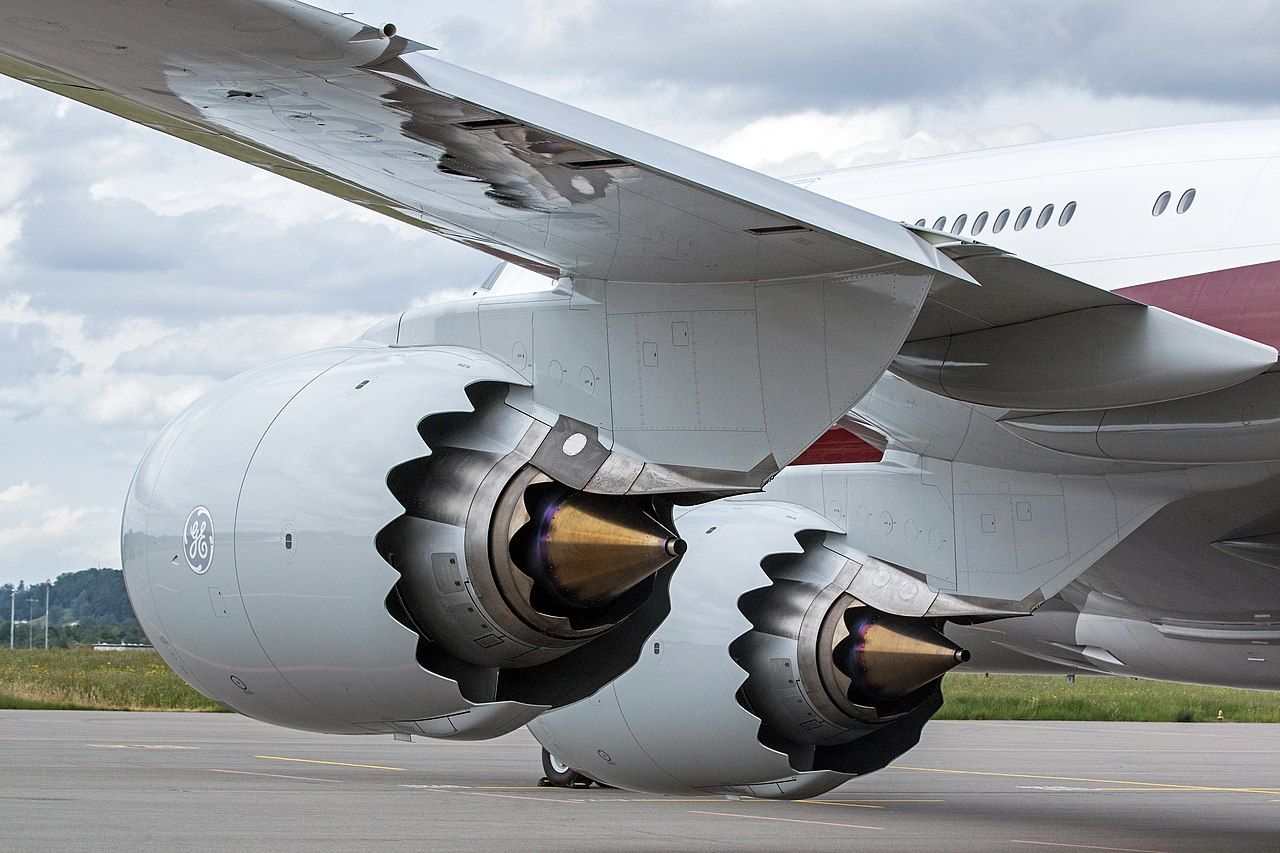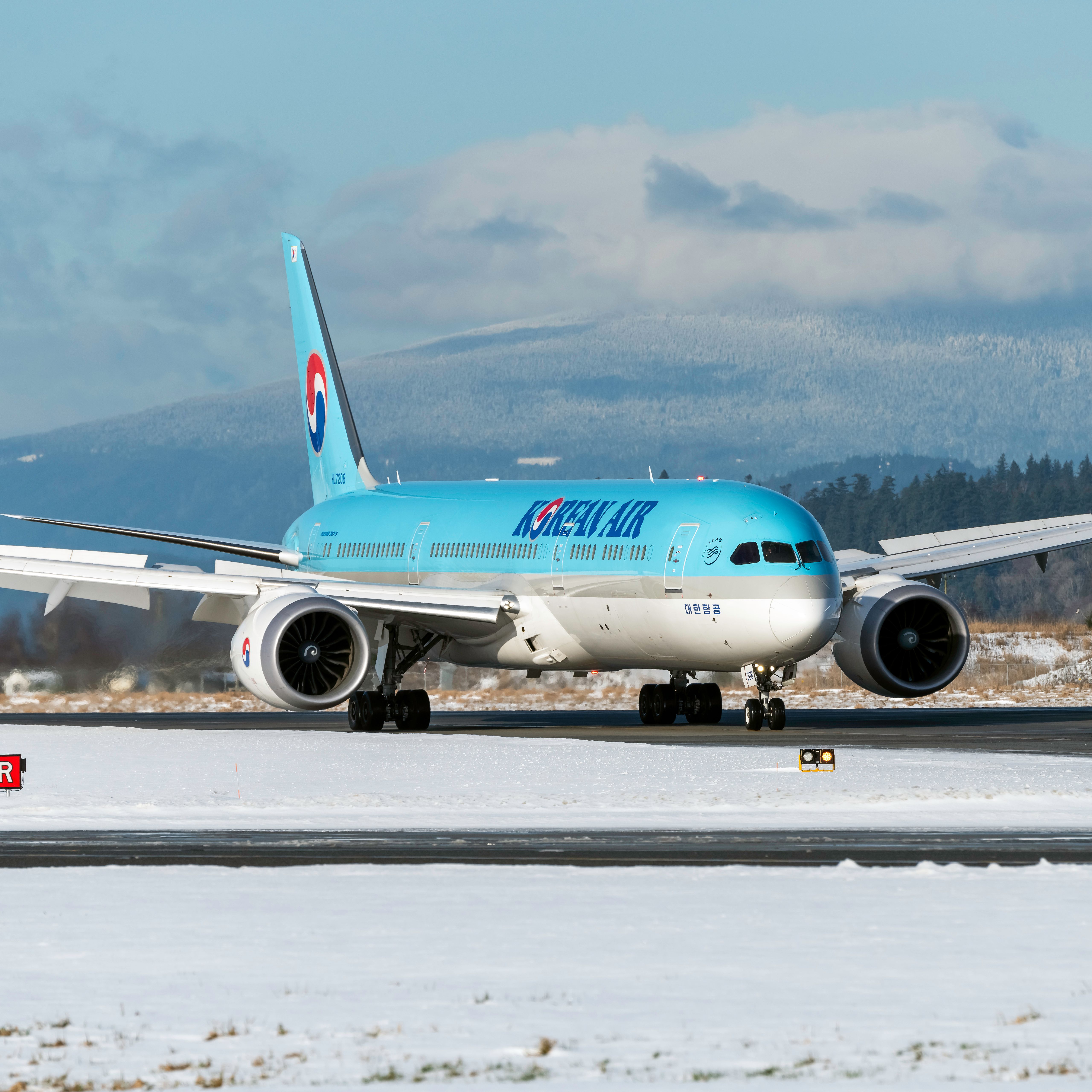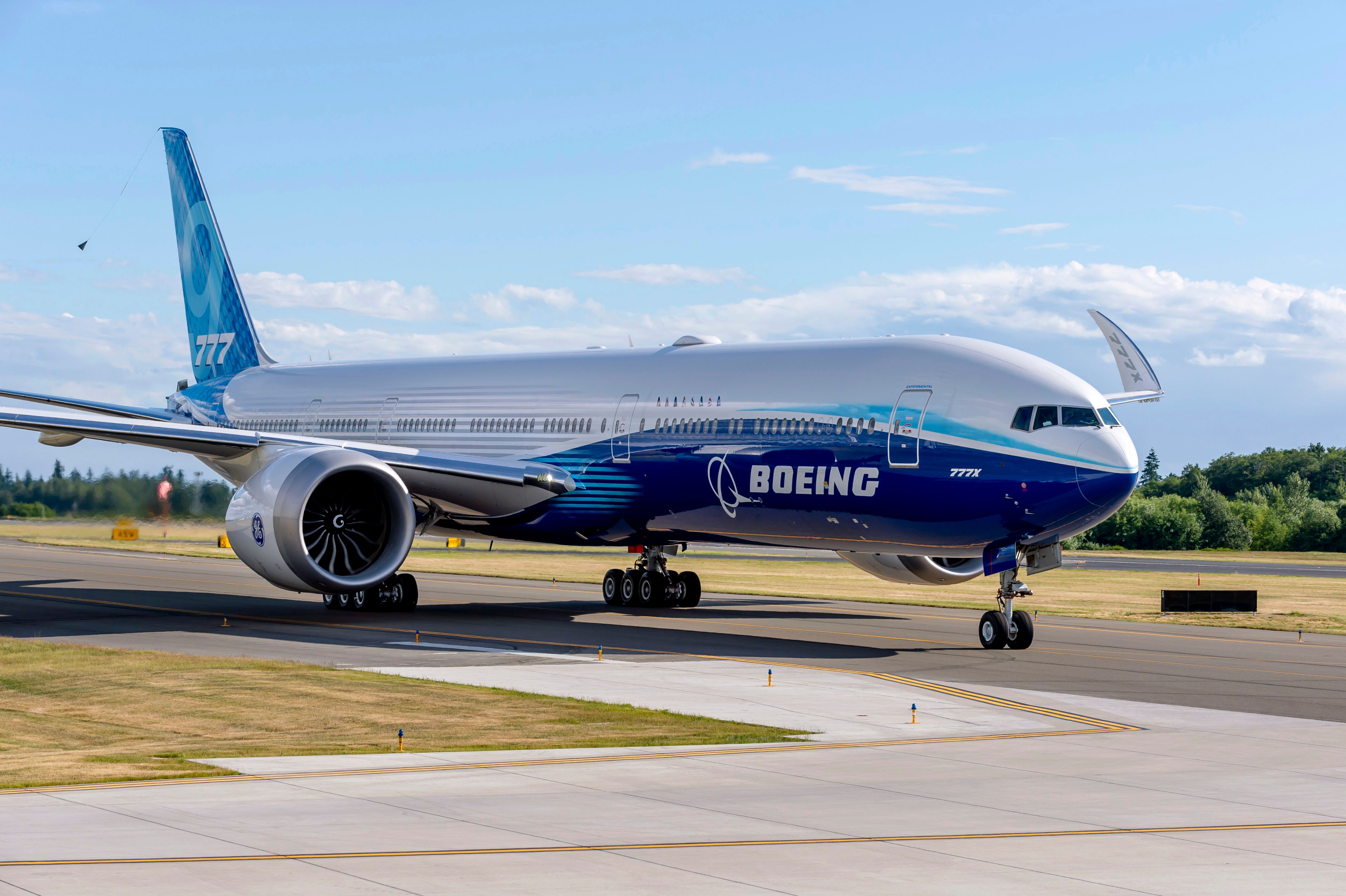Jet engines are heavy machines that require novel materials and immaculate machining. While manufacturers aim to produce engines using lightweight materials, thousands of metal parts and assemblies contribute to the engine’s dry weight.
Jet engines are designed to be robust, fuel efficient, and safe, all at the same time. With operating temperatures approaching 3,000 degrees F (1,700 degrees C) expensive temperature-resistant super alloys are used in jet engines.
Jet engines undergo extreme environmental and operational conditions before being certified for operation. An average turbofan engine may require up to 10,000 engine flight cycles (EFC) during certification testing. Due to the nature and complexity of engine operation, modern engines can cost as much as $50 million.
Thrust-to-Weight (T/W) Ratio
The engine thrust-to-weight ratio is the ratio of the maximum takeoff thrust the engine can produce to its dry weight. Manufacturers of modern engines aim to strive for large thrust-to-weight ratios. While the ratio is based on the engine performance requirements, larger T/W ratios enable an efficient engine design.
The T/W ratio of most modern jet engines is between 5 and 6. This means that an engine that produces 30,000 lbs of thrust and weighs 6,000 lbs, the T/W ratio would be 5. Similarly, a known T/W can be divided by the maximum takeoff thrust to determine the engine’s dry weight.
So, how much do some common engines weigh?
Narrowbody engines are smaller and produce much less thrust than their widebody counterparts. While the T/W of narrowbody engines may not be too different from widebody engines, the dry weight of the engine is much less. The CFM International’s (CFMI) CFM56-3 engine weighs approximately 4,300 lb (2,000 kg).
Several variants of these engines power the Boeing 737 Classics, 737 NGs, and the Airbus A320 family. The CFM LEAP engines powering the Boeing 737 MAX and the Airbus A320neo family are significantly heavier, ranging between 7,000 - 8,700 lbs (3,200-4,000 kg).
The General Electric CF6-80 engines that power the iconic Boeing 747s (except the 747-8) weigh anywhere between 9,500–9,900 lb (4,300–4,500 kg). The CF6-80 engines offer 16 different thrust ratings and power a wide range of commercial and military aircraft. Other notable applications of these engines are Airbus A330ceo, Boeing 767, Boeing VC-25 (aircraft for the United States President), and Lockheed Martin C5-M Super Galaxy.
The GEnx engine that powers the Boeing 787 Dreamliner series weighs approximately 14,000 lb (6,400 kg). With a maximum takeoff thrust of 76,000 lb (for the 787-10), the T/W of the engine is 5.62. It is noteworthy that the GEnx engine also powers the Boeing 747-8.
With four engines on the 747 and lower thrust requirements, the engine weighs approximately 12,400 lb (5,600 kg). The Rolls-Royce Trent XWB engine that powers the Airbus A350 aircraft weighs approximately 16,600 lb (7,500 kg). The engine produces 97,000 lb of thrust and has a T/W ratio of 5.82.
Want answers to more key questions in aviation? Check out the rest of our guides here.
The GE90 engine that powers the Boeing 777 aircraft weighs approximately 19,300 lb (8,700 kg). The engine produces 115,000 lb of thrust and has a T/W ratio of 5.98. The GE9X engine that powers the Boeing 777X (not in commercial service yet) weighs a whopping 21,200 lb (9,600 kg). The engine produces 110,000 lb of thrust and has a T/W ratio of 5.2.
What are your thoughts on the weight of the aircraft engines? Tell us in the comments section.



